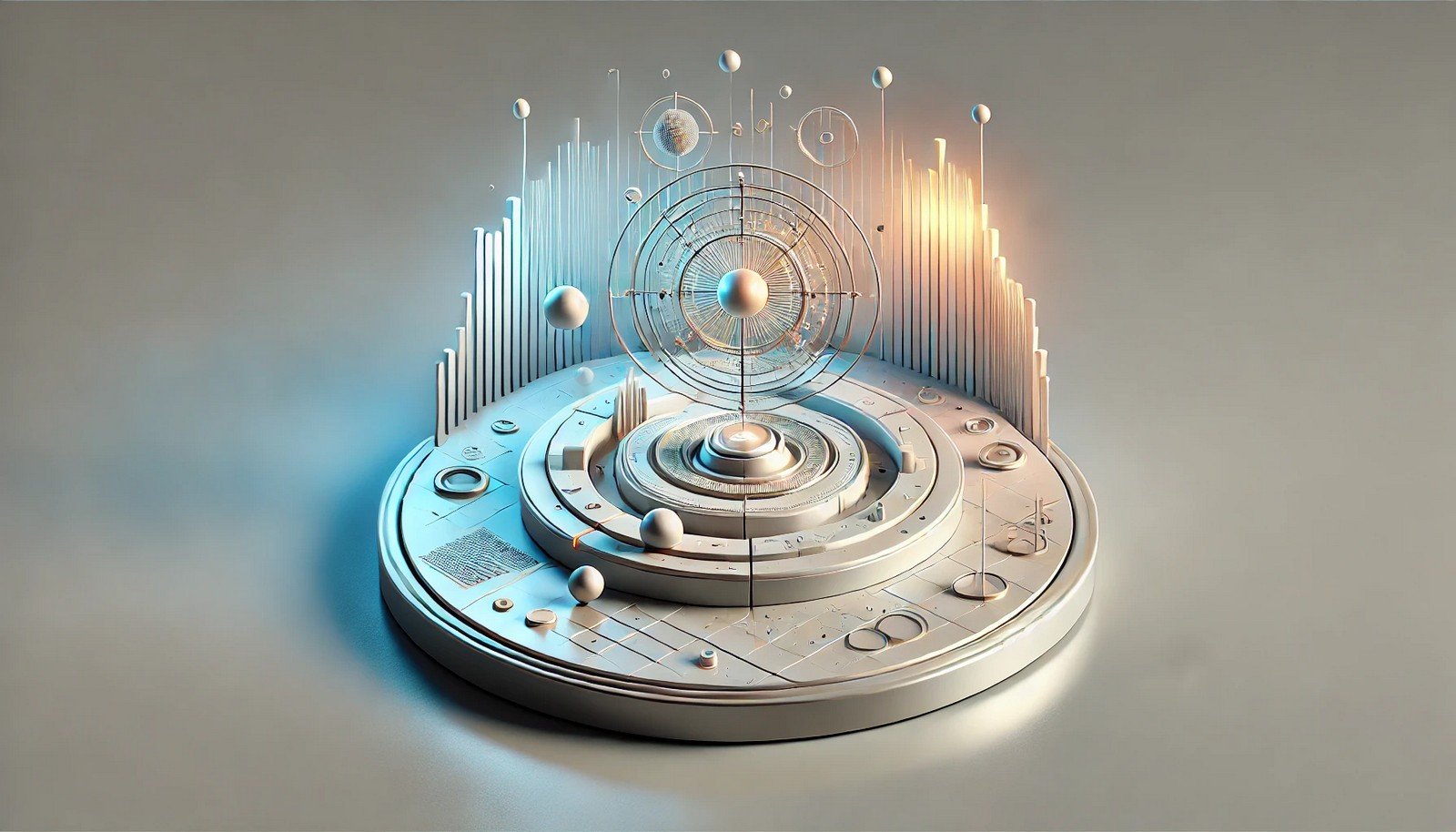Neural Radiance Fields

Quick Navigation:
- Neural Radiance Fields Definition
- Neural Radiance Fields Explained Easy
- Neural Radiance Fields Origin
- Neural Radiance Fields Etymology
- Neural Radiance Fields Usage Trends
- Neural Radiance Fields Usage
- Neural Radiance Fields Examples in Context
- Neural Radiance Fields FAQ
- Neural Radiance Fields Related Words
Neural Radiance Fields Definition
Neural Radiance Fields (NeRF) refer to a technique in AI and computer graphics that represents 3D scenes by mapping light and color information in a volumetric way. Using neural networks, NeRF processes viewpoints and scene properties to synthesize realistic images, often used in virtual reality (VR), gaming, and simulation. NeRF essentially learns how light interacts with objects in 3D space, creating highly detailed scene representations from 2D images.
Neural Radiance Fields Explained Easy
Imagine creating a 3D scene by understanding how light bounces off objects and gives them color. NeRF is like a "smart camera" that learns how light moves and uses that to make 3D pictures from different angles.
Neural Radiance Fields Origin
The concept of NeRF emerged from advancements in neural rendering and volumetric lighting, where researchers explored ways to use deep learning for 3D scene synthesis. Early works in photogrammetry and view synthesis paved the way for NeRF’s development in the 2020s.
Neural Radiance Fields Etymology
The term "Neural Radiance Fields" combines "neural," denoting its reliance on neural networks, and "radiance fields," which describe the spatial distribution of light properties.
Neural Radiance Fields Usage Trends
With applications in VR, AR, and simulation growing, NeRF has seen widespread interest, especially in fields like gaming, design, and digital twins. Its use is becoming prominent in industries focusing on immersive experiences, allowing more realistic environment creation than traditional techniques.
Neural Radiance Fields Usage
- Formal/Technical Tagging:
- Neural Networks
- 3D Rendering
- AI Imaging - Typical Collocations:
- "NeRF scene synthesis"
- "Neural Radiance Fields in gaming"
- "3D rendering with NeRF"
Neural Radiance Fields Examples in Context
- NeRF allows VR developers to create immersive worlds by rendering 3D environments with realistic light and color.
- In film production, NeRF is utilized to capture natural lighting and scenery details, providing realistic backdrops for visual effects.
- Game developers leverage NeRF to simulate lifelike environments that enhance player experience.
Neural Radiance Fields FAQ
- What are Neural Radiance Fields?
Neural Radiance Fields (NeRF) are AI-based methods for creating realistic 3D scenes by mapping light and color. - How does NeRF work?
NeRF uses neural networks to interpret how light travels and reflects in a scene, generating realistic views from different angles. - What is NeRF used for?
It’s used in VR, gaming, and simulations for rendering highly detailed 3D environments. - How is NeRF different from traditional 3D modeling?
NeRF relies on neural networks for rendering, unlike polygon-based models, offering more realistic lighting. - Can NeRF work with any 2D image?
Yes, it can use multiple 2D images to learn and recreate the 3D scene with accurate light and color representation. - Is NeRF computationally intensive?
Yes, NeRF requires significant processing power, particularly for high-resolution scenes. - How does NeRF handle complex lighting?
NeRF simulates lighting variations based on the learning data, producing realistic shadowing and reflections. - What industries benefit from NeRF?
Industries like gaming, film, and virtual reality benefit from NeRF's realistic scene creation. - How does NeRF impact VR experiences?
NeRF enables more immersive VR experiences with life-like scene rendering and lighting dynamics. - Can NeRF be used in real-time applications?
While challenging due to computational needs, optimizations are enabling faster, near-real-time applications.
Neural Radiance Fields Related Words
- Categories/Topics:
- Computer Vision
- Deep Learning
- Synthetic Imaging
Did you know?
NeRF technology enabled Google’s “Light Fields” project to capture realistic 3D renderings of famous sites like the Taj Mahal, allowing users to explore these landmarks with life-like immersion through VR.
PicDictionary.com is an online dictionary in pictures. If you have questions or suggestions, please reach out to us on WhatsApp or Twitter.Authors | Arjun Vishnu | @ArjunAndVishnu

I am Vishnu. I like AI, Linux, Single Board Computers, and Cloud Computing. I create the web & video content, and I also write for popular websites.
My younger brother, Arjun handles image & video editing. Together, we run a YouTube Channel that's focused on reviewing gadgets and explaining technology.



Comments powered by CComment